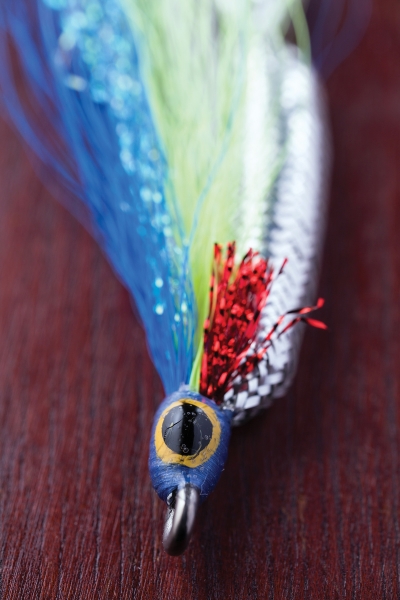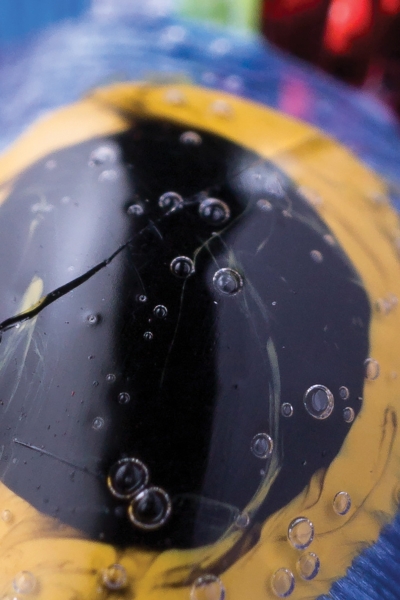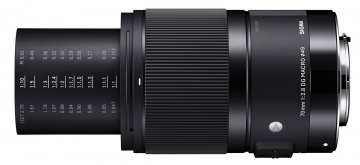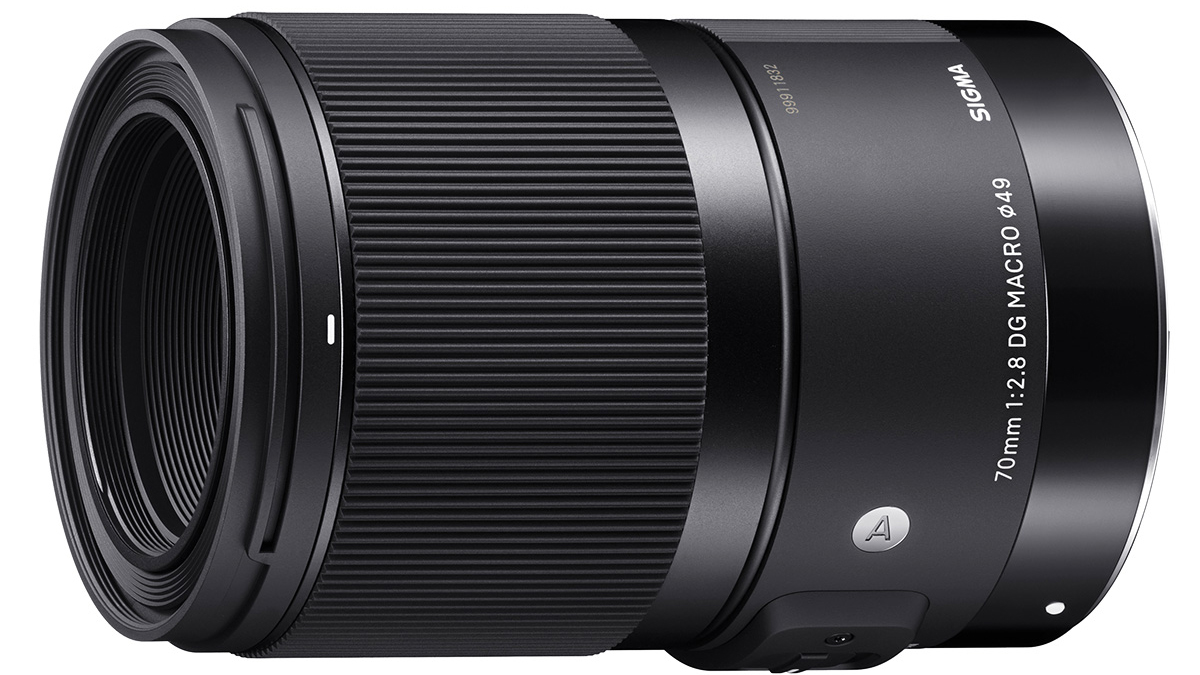Review: Sigma 70mm F2.8 Macro Art Camera Lens
The Sigma 70mm F2.8 Macro Art Camera Lens
• November 2018 issue
Macro photography reveals the art of the small
Macro photography is always tricky, but when done well, it reveals a world our unaided eyes cannot perceive. Macro photography is hard because it comes with its own set of problems: The depth of field is shallow (unless you use focus stacking), and the small scale makes lighting control difficult. True macro photography covers the 1X to 10X magnification range of a subject. Lenses that natively magnify greater than 1X, like Canon’s MP-E 65mm f/2.8 1-5x Macro, are specialty lenses and usually not designed for general photography. Lenses that focus from 1:1 to 1:Infinity are far more common. The new Sigma 70mm F2.8 DG Macro Art lens is one of those, and like the other Sigma Art lenses I’ve used, its performance is far from common.
Beyond its ability to focus down to 1:1, this Sigma is different from every other Sigma Art lens I’ve owned or reviewed. For a change, it’s not as big and as hefty as its performance would indicate. In fact, it’s positively svelte. Weighing just 18.2 ounces and measuring 2.8 inches in diameter, at 1:Infinity, the lens is a mere 4.2 inches long. As you focus at closer distances the inner barrel extends until, at 1:1, it’s 6.3 inches. The filter size is 49mm, and the ribbed manual focus ring is wide and easily adjusted. Using a focus-by-wire system instead of a traditional helical focus allows for fine incremental focus in manual mode with infinity to 1:1 taking two and a half full turns of the barrel. Even in autofocus mode focusing is slow but accurate.


The 100 percent view of a flyfishing lure photographed at 1.1 with the Sigma 70mm F2.8 DG Macro Art lens.
I’m glad for the weight and size savings, but one thing is missing: Sigma’s Optical Stabilization (OS) system. Having no OS makes the optical design simpler and the lens smaller and lighter, and if you are serious about doing macro work you’re probably using a tripod anyway.
Something else is missing as well: a focus distance scale. There is a magnification scale, but it’s on top of the internal barrel of the lens, which extends out from the body the closer you focus. If you use the included lens hood, you’ll never see it. At 1:1 the front of the inner barrel is nearly even with the front of the hood, which renders the hood useless for blocking flare in macro photography, but it does protect the extended inner barrel.
The optical formula of the lens is straight-forward: 13 elements in 10 groups in a near-symmetrical arrangement. There are two FLD (low-dispersion glass) and two SLD (special low dispersion) elements, and an aspherically shaped lens at the rear. Lenses made from FLD and fluorite formulas have ultra-low dispersion qualities that reduce chromatic aberrations and increase the resolution of fine detail. Like FLD, SLD glass strongly minimizes chromatic aberrations and enhances resolution. If all this is just jargon to you, then trust your eyes. This is a distinctly sharp lens that will push the resolution limits of your camera.

Without focus stacking, macro photography presents a shallow depth of field. This image was photographed at f/11 using a mix of ambient light and flash.
The nine curved-edge diaphragm blades form a nearly circular shape, making for smooth transitions from in- to out-of-focus areas even when the lens is stopped all the way down. Geometric distortion is nearly non-existent, as are chromatic aberrations, coma (where off-axis point light sources have a comet-like tail), and other forms of optical distortion. According to the specifications, the minimum focusing distance (1:1 reproduction scale) is 10.2 inches, but that’s from the subject to the sensor plane. On Canon EOS cameras, that leaves only 2.17 inches from the front edge of the lens to the subject.
In the f/4 to f/11 range this lens is exceedingly sharp in macro or normal distance photography, even out at the edges of the frame on a high-resolution camera like the Canon EOS 5DS. Wide open at f/2.8, the resolution is not as good as it is at f/4, and below f/11 there is some loss of fine detail due to diffraction. Whether that’s objectionable depends on the subject matter, how large the photograph will be viewed, and your personal judgment. For general work, all apertures at all focus distances are quite good.
The one negative issue I had beyond the lack of the focus scale is that in autofocus mode the focus-by-wire system would sometimes get stuck if I went immediately from macro or near-macro range work to non-macro photography. The solution I came up with was to switch the lens to manual focusing mode and turn the focus ring and manually focus back to infinity.

The MSRP for the Sigma 70mm F2.8 DG Macro Art is $569, and it’s available in Canon EF, Sigma, and Sony E mounts. The Canon and Sigma mount versions are compatible with Sigma Tele Converters and the Sigma Dock.
Ellis Vener is a contributing editor to Professional Photographer.
Tags: gear lenses macro photography sigma


